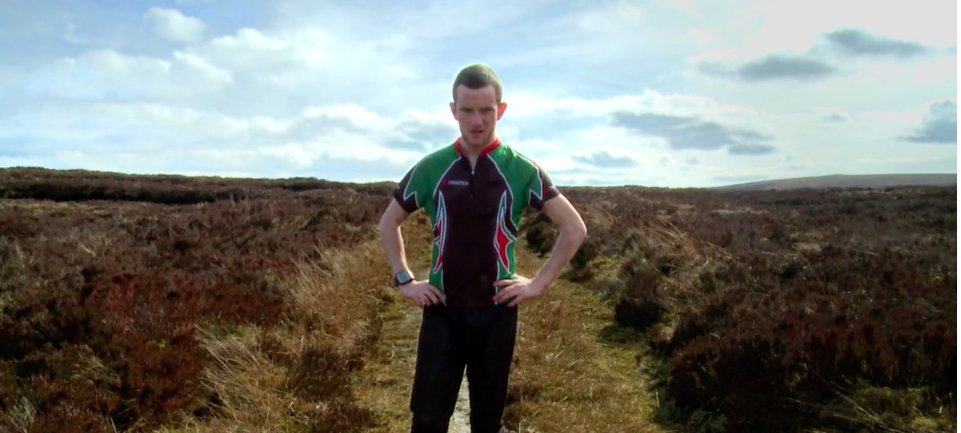Orienteering: Getting fit through outdoor adventure
Orienteering is a great way to get outside and explore while getting some exercise

If you have a sense of adventure and you’re looking for a way to get outside and keep fit, then orienteering may be the sport for you. This is a way to explore outdoors, visit new places, and have some fun, all while getting your exercise.
Orienteering can be for anyone, but it will particularly suit someone who likes to run and has a competitive edge.
What is orienteering?
The simplest definition of orienteering is that it is finding your way from one point to another on foot, using only a map, a compass and your brains. Orienteering is usually done in the woods, hills or parks.
In order to take part, you will need to go to an orienteering event, where a course will be set out and you’ll be given instructions on where to start and where you need to finish.
The orienteering course
Each course consists of a series of checkpoints (or “controls”) marked by a brightly coloured, distinctive Orienteering flag. Participants are given a map with the locations of the checkpoints circled.
You will be told where the starting point is and where the finishing point is. You will also be told the order that you must visit the controls (or checkpoints) in.
Then, using the map and a compass, it’s up to the participant to find their way from one control point to another in the order you have been given.
Is orienteering a competitive sport?
Orienteering can either be a race, or a simple recreational activity, depending totally on your own attitude towards the event. You will find people of all athletic abilities.
Orienteering is considered a competitive sport by some, the winners being the ones who’ve been to all the control points in the least amount of time, usually running the whole way.
However, it’s also considered a recreational activity by casual walkers. People go alone, with friends, or with family, taking time to appreciate nature. It can be considered a walk with some mental challenge added.
How to get involved in orienteering
The easiest way to start orienteering is to go to an event. Almost all events will have a course that is suitable for beginners. Look through the fixtures list for one that is convenient to where you live.
Alternatively, you could contact a member of your local club who will be able to help get you started. When you are registering at the event explain that you are a newcomer. For the vast majority of events, you can just turn up and enter. A small number of events require pre-entry.
There are also permanent orienteering courses all around the country.
What do you need to take part?
All that you need to start orienteering is:
Suitable clothing
You will need clothing that is suitable for a walk in the woods, clothes you wouldn’t mind too much if they get dirty. A pair of boots or strong runners is a good idea. In wet weather, a raincoat is pretty much essential. Avoid jeans, especially if it is raining.
A change of clothing for after the event can also be a good idea.
A whistle
Sometimes, the organisers insist that you carry a whistle to call for help if you injure yourself. Make sure to have one packed before you head to the orienteering course.
The fee for the course
The cost to take part on the day is approximately € 6-8 per person.
Other equipment
You do not need a compass but if you have one and know how to use it, you may find it useful.
There is other, specialised orienteering and running equipment that you will see other orienteers using (eg. studded shoes, compasses, light-weight clothing etc.), but there is absolutely no need for you to get any of this unless you start orienteering regularly.
What are the benefits of orienteering?
There are loads of benefits to Orienteering:
- You can work individually or as part of a team which allows you to meet new people.
- Your fitness can increase due to all the extra exercise
- Time spent in nature is a great way to unwind and destress
- Not only does your body get a work out, but your brain gets a work out too






